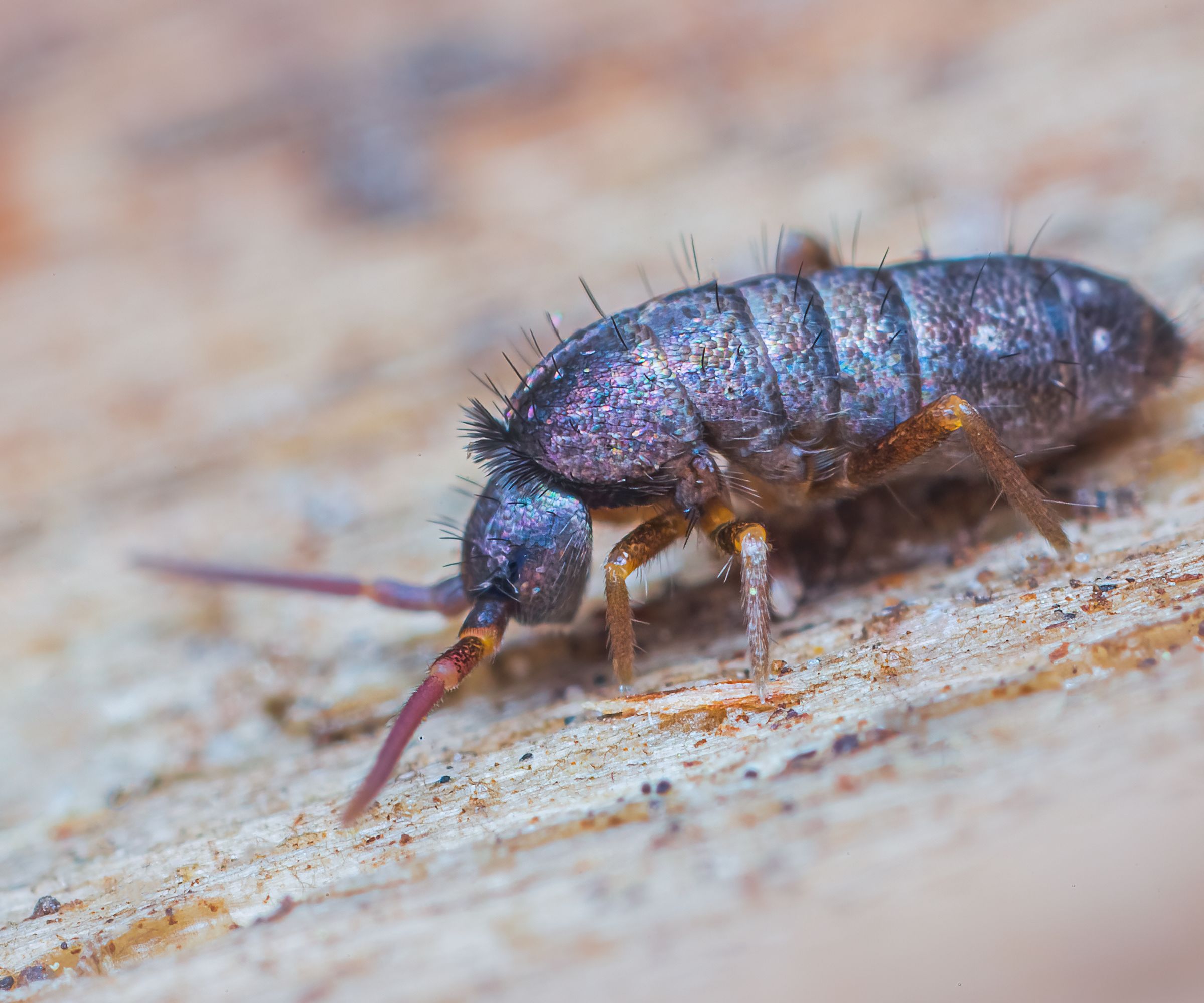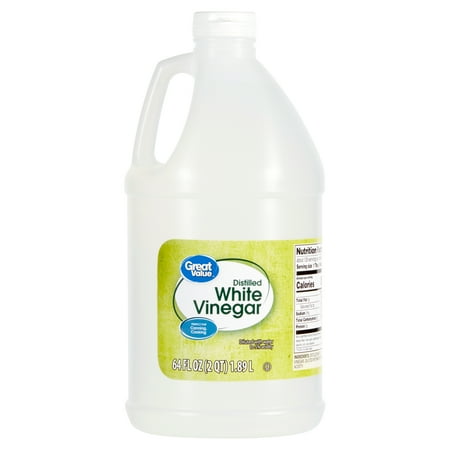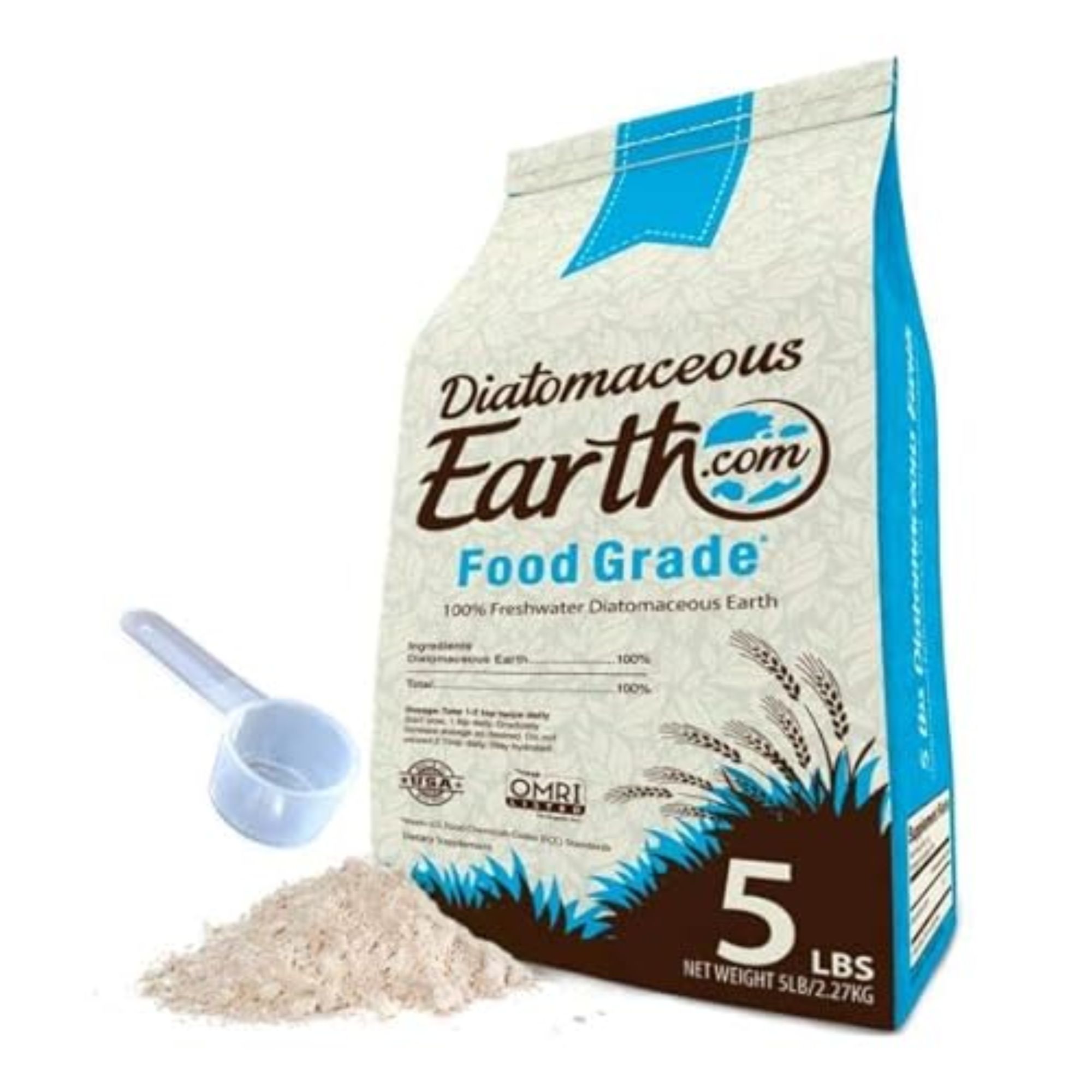How to get rid of springtail bugs from your house – 6 essential tips from pest control pros to banish these speedy insects for good
They're hard to catch but with expert advice, it is possible to clear your home of springtails


How do you get rid of springtail bugs in your house? They have a habit of dashing and darting, making them difficult to catch and squish, leaving infestations to grow quickly if left unchecked.
While prevention is the first port of call, there are luckily some sneaky ways to kill these plant pot pests – both with and without chemicals.
Here, pest control experts explain how to identify these indoor pests and tackle them for good.
How to get rid of springtail bugs like a pro
Ryan Farley, CEO of LawnStarter begins, ‘Springtail bugs are tiny, often measuring just one to two millimeters in length, and they come in a variety of colors, from white and gray to blue and purple. While they prefer to lie in damp soils in your yard, they will go anywhere there is water.
'One common sign of their presence is spotting these small bugs in damp areas of your home, such as bathrooms, kitchens, or basements. They are attracted to moisture and often appear when there's a humidity issue, a leak, an overwatered plant, or water damage in your house.
‘Although they are not damaging, they should be cleared away as soon as possible,’ he adds.
1. Dry out your houseplant soil

Drying out soil and using stones or diatomaceous earth is a great way to protect your home from pests.
The most important step to getting rid of springtails is to treat your houseplants and get rid of any houseplant pests.
Design expertise in your inbox – from inspiring decorating ideas and beautiful celebrity homes to practical gardening advice and shopping round-ups.
Vincent Luca, VP of On Demand Pest Control, explains, 'These bugs thrive in damp soil, so relocating your houseplants to areas with better ventilation and sunlight can help to dry out the soil and make the conditions unfavorable to these tiny bugs.'
This will also help to quarantine them to prevent them from spreading to the rest of your home.
Along with relocation and drying, you can sprinkle a layer of diatomaceous earth, available in bulk from Walmart, over the top of the soil to prevent bugs from crawling in and kill those trying to crawl out, Vincent adds.
2. Fix any leaks and improve ventilation

Something as simple as opening a window when showering can help to reduce overall moisture levels in your home.
Trenton Frazer, lead entomologist at Aptive Environmental, explains, ‘If you’re noticing springtails indoors, moisture is likely the culprit. Begin by reducing indoor humidity: fix leaks, use dehumidifiers in basements. Make sure gutters are working right and water isn’t pooling near the house. If your houseplants are staying soggy or there’s a leak under the sink, that’s where they might be hanging out.’
Improving ventilation is also essential, helping to dry out your home and reduce moisture throughout your property. This is especially true in winter when we may tend to keep our windows and doors closed most of the time. In these instances, following the 'shock ventilation' method can help balance ventilation with maintaining heating.
The ideal humidity level of a home is between 30% and 50%. A cheap digital hygrometer available at Walmart can help you keep track.
3. Use borax to kill large infestations

Keep borax away from food prep surfaces to avoid contamination.
If you notice springtails wandering your home or congregating in a damp spot, then you can sprinkle borax, available at Walmart, in the area to poison them, recommends Vincent. He adds, ‘Always make sure these areas are cut off from pets and children too,’ he warns, ‘as it will have a similar effect on them.’
Sweep or vacuum the borax up the day after, making sure to collect any bugs with it, and repeat the process as needed. Make sure you know what to do after vacuuming a pest problem, to avoid reinfesting your property by accident.
4. Use natural repellents

Making your own pest sprays limits toxic chemicals in your home.
Lorne Hanewich, technical manager at Clark’s Termite & Pest Control, explains, ‘Broad-spectrum pesticides can harm beneficial insects and may not address the root cause – moisture – and are not very effective with springtails. Foggers and bug bombs in particular are not very effective against springtails, and may worsen the problem by scattering them.’
Luckily, there are a few natural pest control methods you can use to tackle springtails, the most popular being essential oils (one of the most common non-toxic best control essentials).
David Floyd, pest control expert and founder of The Pest Informer, explains that certain scented oils, such as tea tree, eucalyptus, and lavender, can all help to repel springtails. To make things easier, they are all available in this essential oil starter kit from Walmart.
He explains, ‘You can make your own homemade bug spray by mixing a few drops with water in a glass spray bottle from Walmart, and spraying around areas you have spotted activity to move them along. This is a great method before a thorough infestation takes hold, and it is important to remember that while these methods may help, a significant infestation may require the touch of a professional to really get a grip on,’ he adds.
5. Remove entry points and food

Stopping bugs from getting in should be your first port of call to prevent an infestation.
Trenton continues, ‘Seal up small entry points and keep your home tidy, especially around food preparation areas. Springtails don’t go after food the same way roaches do, but they will stick around if there’s organic stuff to feed on, such as mold or overwatered plant soil.’
To seal gaps around doors and windows, opt for a heavy-duty waterproof sealant, such as GE Advanced Silicone Clear Sealant from Lowe's, to stop pests and drafts from entering your home.
Lorne adds, ‘It’s important to eliminate organic material, too. Springtails feed on mold, mildew, and decaying organic matter. Clean thoroughly to remove these attractants. For crawlspaces, remove any rotting wood, debris, or old insulation.’ Staying on top of using regular cleaning tips can also help to keep infestations at bay.
6. Cut back plants around your home perimeter

Maintaining a neat garden can help to limit all sorts of pests around your property.
It isn't just inside your home that needs care when getting rid of springtails.
Trenton adds, ‘Outside, cut back any plants that touch the house and rake up damp leaves. That helps reduce where they’re coming from. Most of the time, fixing moisture problems inside and out will take care of the issue.
'If it doesn’t, a pest control plan with treatments for perimeter and interior spots can help push them out.’
How to prevent springtail bugs in your house

Springtail bugs are tiny, and can be difficult to identify.
There can be some surprising things that attract pests to your home, and knowing how to spot and fix them can save you a headache in the future.
Logan Cox, assistant general manager and plumbing expert at John the Plumber, Orleans, advises, ‘The main component of preventing springtails from setting up in your house is to limit your home's moisture.
'This can be done by not overwatering houseplants, using a dehumidifier to remove moisture from the air, and ensuring that your home's pipework is robust. A water-tight plumbing system acts as a crucial barrier, ensuring the absence of excess moisture that attracts these pests.'
A buildup of dead plant matter and log piles close to your home's exterior can also encourage these bugs closer to your property, inviting them to venture further inside. Logan suggests that moving litter, mulch, compost, and leaves away from your walls can do wonders for keeping springtails towards the back of your yard instead.
Springtail pest control essentials

White vinegar is a great, non-toxic tool for getting rid of black mold in a home. Simply spray the affected area with undiluted white vinegar, let it sit for 15 minutes, and clean away with a cloth.

This affordable dehumidifier is perfect or quickly bringing down humidity levels in a damp spot to chase away and discourage springtail bugs and prevent mold growth.

100% pure, this natural powder is safe for use around children and pets for toxin-free pest control, but do avoid inhalation. Wear a mask when placing a small amount in necessary areas.
Meet the experts

Ryan Farley is the CEO of LawnStarter, a lawn care service founded in 2013 and based in Austin, Texas.

Holding a master’s degree in entomology from the University of Florida, Trenton has worked in the pest control industry for 20 years. He has worked with Aptive Environmental since its beginning, providing effective pest control solutions and educating the public on pest prevention and management.

David has been involved in the pest industry for over 20 years, and understands the difficulties homeowners face when an infestation sets in. He started as a pest control technician and, after five years, opened his own pest control company which he continues to work for and manage over 15 years later.
FAQs
Do springtails go away on their own?
Springtail bugs can go away on their own, but it isn't likely if the conditions that drew them in in the first place remain untouched. It is best to take measures to kill off the springtail infestation and repair the poor moisture conditions that have encouraged them to make a home.
Are springtail bugs dangerous?
Springtail bugs themselves are not a danger to humans, pets, or your building, but they are a sign that there is a moisture problem that could be causing damage to your property. They are also unsightly and can be stressful if they begin to hop around. As a result, it is best to try to get rid of them as soon as you spot signs of an infestation.
Springtail bugs might not be a dangerous pest to have in your home, but they are still an unsanitary nuisance and could be a sign of more sinister damp issues in your property.
If you have tried everything and still spot springtail bugs in your home, it might be a sign to call in professional pest control to tackle the issue and advise you on future prevention.

Chiana has been at Homes & Gardens for two years and is our resident 'queen' of non-toxic living. She spends most of her time producing content for the Solved section of the website, helping readers get the most out of their homes through clever decluttering, cleaning, and tidying tips. She was named one of Fixr's top home improvement journalists in 2024.